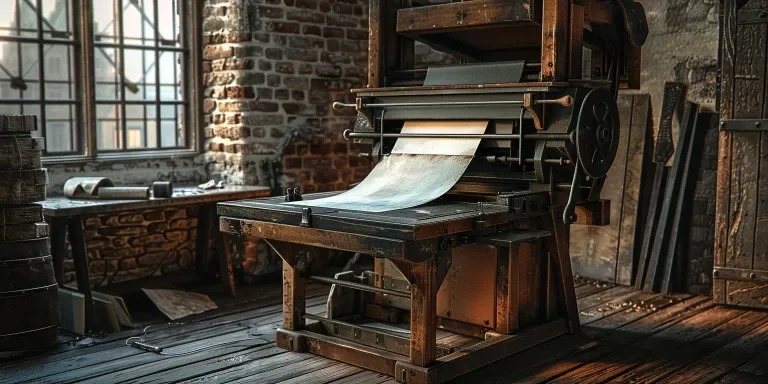The printing press, a cornerstone of communication and industrial innovation, continues to evolve, adapting to the demands of modern production and design. This article delves into the intricacies of printing presses, shedding light on their functionality, technological advancements, cost considerations, maintenance, and environmental impact. By understanding these key areas, businesses and enthusiasts can make informed decisions, optimizing their operations and embracing sustainable practices.
Table of Contents:
– How printing presses work
– Latest technological advancements
– Cost considerations for businesses
– Maintenance tips for longevity
– Environmental impact and sustainability
How printing presses work:
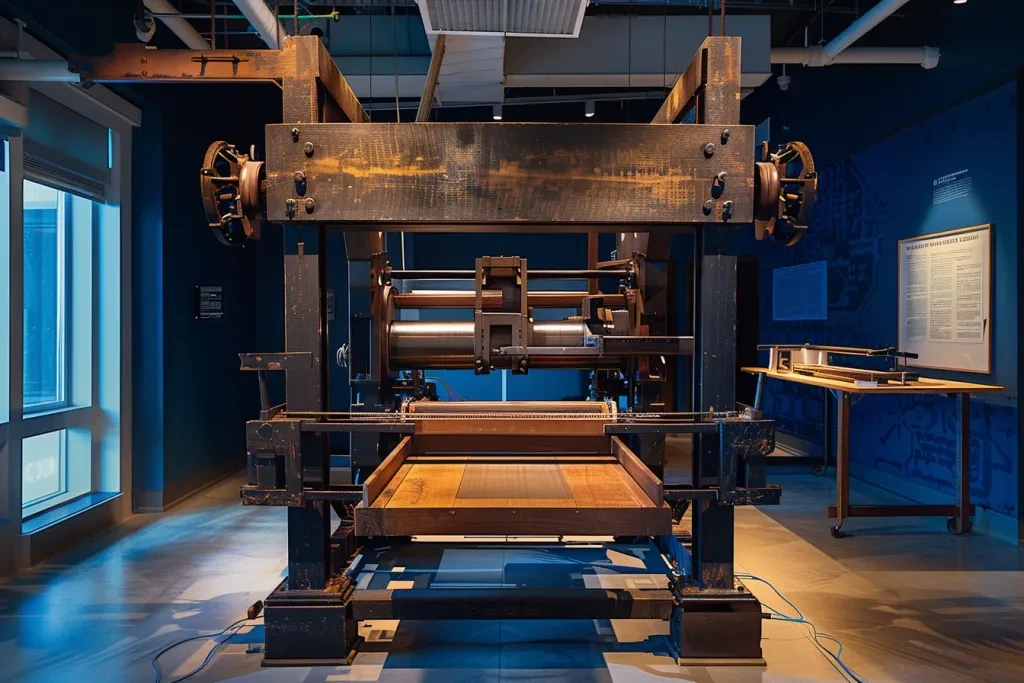
The printing press, a marvel of engineering, transforms digital designs into tangible prints. This process begins with the preparation of the design, followed by its transfer onto plates or directly onto the print medium. Modern presses use precision mechanics and electronics to ensure high-quality output, with options for customization at every step. The choice of ink, paper, and printing technique plays a crucial role in the final product, highlighting the press’s versatility across various applications.
Latest technological advancements:
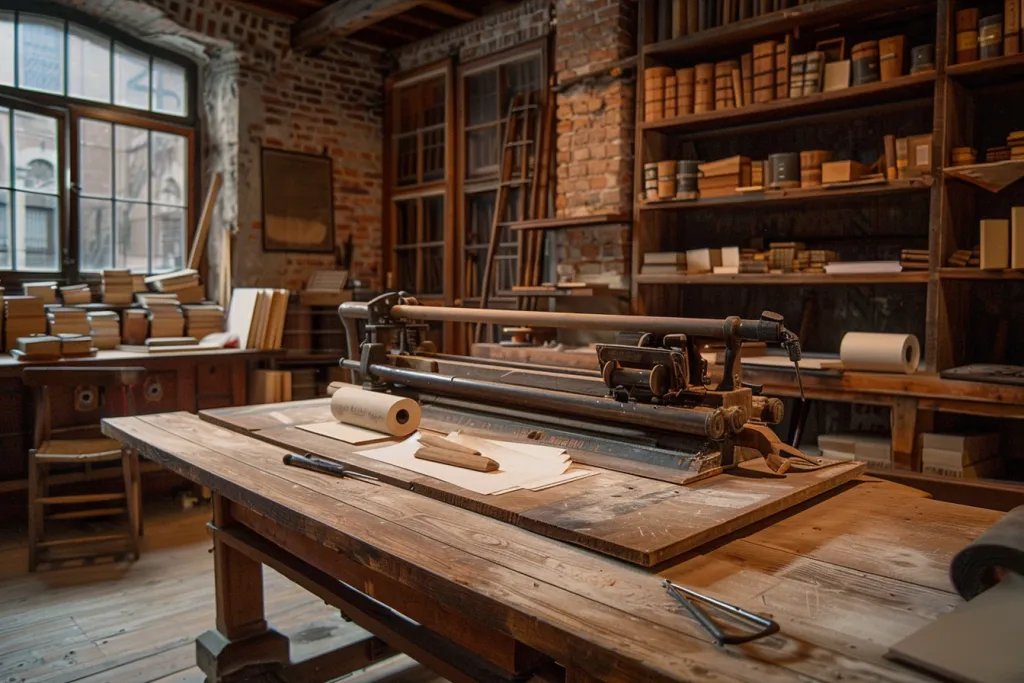
Technological strides have significantly enhanced the capabilities of printing presses. Digital integration allows for unprecedented precision and efficiency, enabling on-demand printing and reducing waste. Innovations such as 3D printing technology expand the press’s utility beyond traditional boundaries, offering new possibilities in manufacturing and design. These advancements not only improve productivity but also open up avenues for creativity and customization, meeting the ever-changing demands of the market.
Cost considerations for businesses:
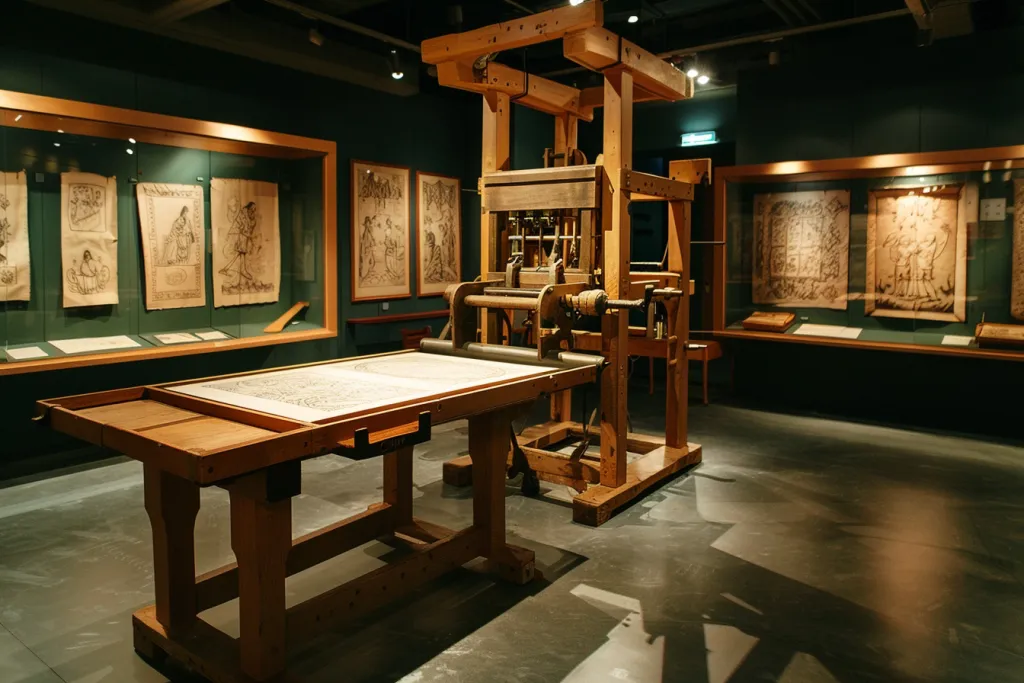
Investing in a printing press is a major decision for any business, influenced by factors such as production needs, print volume, and quality requirements. Initial costs can be substantial, but modern presses offer scalable solutions, from small, versatile units to large-scale industrial machines. Operational costs, including maintenance, ink, and energy consumption, also play a critical role in the decision-making process. Understanding these factors helps businesses align their investment with their strategic goals, ensuring a balance between quality and cost-efficiency.
Maintenance tips for longevity:

Regular maintenance is crucial for the longevity and performance of printing presses. This includes routine cleaning, lubrication, and inspection of parts to prevent wear and tear. Timely replacement of consumables, such as ink and plates, ensures consistent quality and reduces downtime. By adopting a proactive maintenance schedule, businesses can extend the life of their press, maximize output, and avoid costly repairs, safeguarding their investment.
Environmental impact and sustainability:
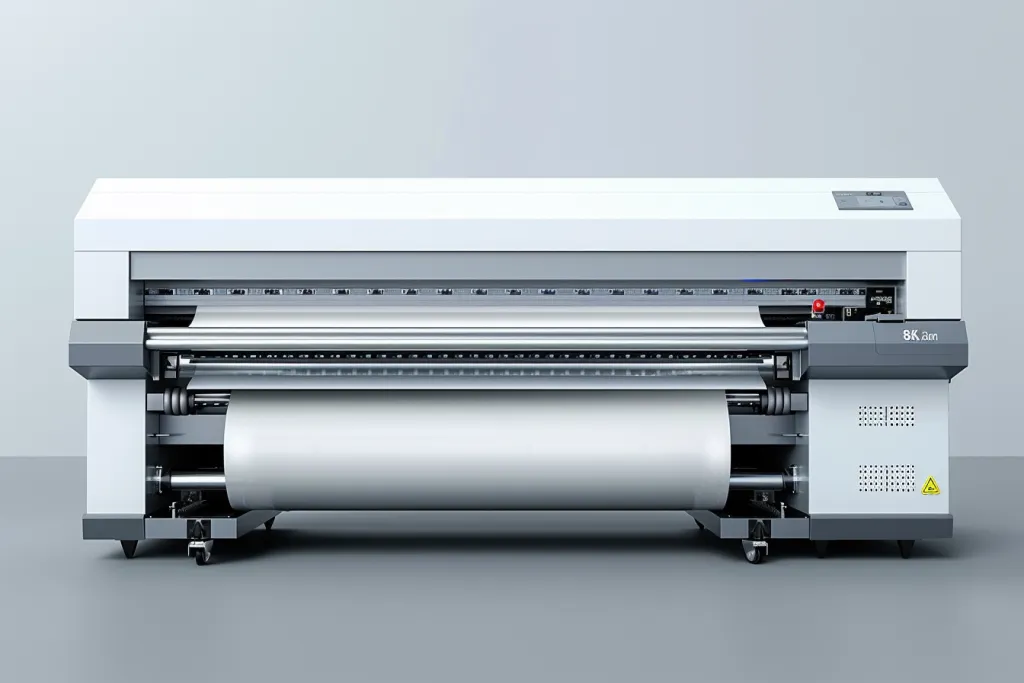
The environmental impact of printing presses is an important consideration in today’s eco-conscious world. Advances in technology have led to more energy-efficient models and the use of eco-friendly inks and materials. Recycling programs and waste reduction strategies further mitigate the press’s environmental footprint. By embracing sustainable practices, businesses can reduce their ecological impact while meeting regulatory requirements and consumer expectations for green initiatives.
Conclusion:
The printing press remains a pivotal tool in the machinery of modern industry, constantly adapting to meet the evolving needs of businesses and society. Understanding its operation, advancements, cost implications, maintenance needs, and environmental impact empowers users to make informed decisions. By embracing innovation and sustainability, the future of printing presses looks bright, promising continued relevance and utility in a rapidly changing world.
